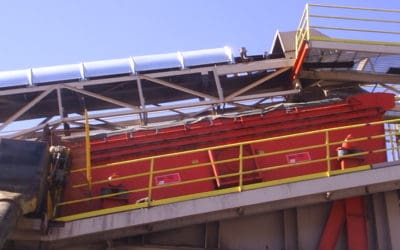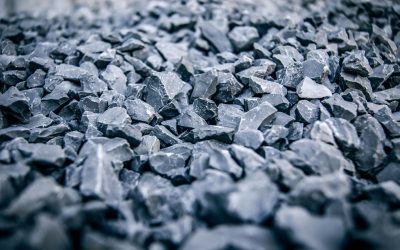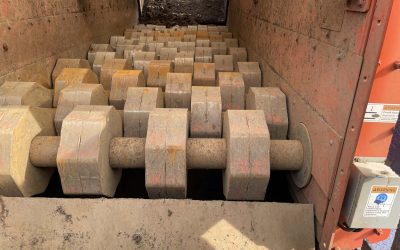The benefits of C&D waste recycling include the monetary value of materials and the environmental advantages of keeping more waste out of landfills.
Increased construction and demolition waste has become more of an issue over the past 15 years. According to a report from the EPA, the U.S. generated about 600 million tons of C&D waste in 2018, more than twice the amount of municipal solid waste.
Learn more about the types of C&D waste that are ideal for recycling.
Recyclable Construction Materials to Target
The C&D materials that can be recycled include:
- Metals like copper, steel, and brass
- Wood
- Concrete
- Asphalt
Cardboard packaging isn’t a C&D material, but it sometimes ends up in the C&D waste stream.
Recycle C&D waste more efficiently with the Bivitec.
Scrap Metals
Some of the common C&D scrap metals that are recyclable include steel, copper, and brass. Steel, which is 100% recyclable, is found in most structures, and it can be recycled and reused in a variety of car parts as well as in canned goods, furniture, steel beams, and railroad tracks.
Like steel, copper is a material that is 100% recyclable. Plus, it takes about 90% less energy to reuse copper than it does to mine this metal. Copper is often found in heating systems, rainwater systems, electrical wiring, cladding, and roofing. It can be recycled and used in electrical systems and plumbing as well as in vehicle lights and computers, coins, and musical instruments.
Being about 90% recyclable, brass is a combination of zinc and copper that can be used in different variables. Brass is in a wide variety of products, but its decorative qualities are often used for door knobs, latches, and locks in construction projects. This material can be recycled into zippers, costume jewelry, pipes, nuts and bolts, and musical instruments.
Concrete
Concrete is 100% recyclable, and recycled concrete aggregate is used in backfill materials as well as in the base for roads, driveways, and parking lots.
Learn how RCA concrete is made.
Wood
After concrete, wood is the second most common material in C&D waste. The wood that you find in floors, walls, ceilings, doors, and window frames can be recycled into furniture, presswood pallets, paper, compost, and mulch. But remember that treated woods can’t be recycled because of their harmful chemicals.
Asphalt
The asphalt that you find in roads, parking lots, driveways, and pathways is the most recycled material in the world. According to the National Asphalt Pavement Association, 87,000,000 tons of reclaimed asphalt were used in new mixes in 2020.
Construction and Demolition Waste Recycling
It’s helpful to come up with a plan for C&D recycling before you start a project. Traditional demolition techniques tend to leave all kinds of materials heaped together in a pile of rubble.
Even when structures are demolished carefully, it’s important to make sure C&D waste is properly screened and separated. There could be asbestos and other hazardous materials in it.
If you want to make it quicker and easier to screen C&D waste, the Bivitec flip flow screen handles even the most difficult materials, including metal and wood. And AEI’s Freedom Disc screen is perfect for screening sticky, wet, and coarse materials.
For further information on our C&D waste screening equipment, give us a call at 717-906-7059. Or you can request a quote today!
Related Article:


